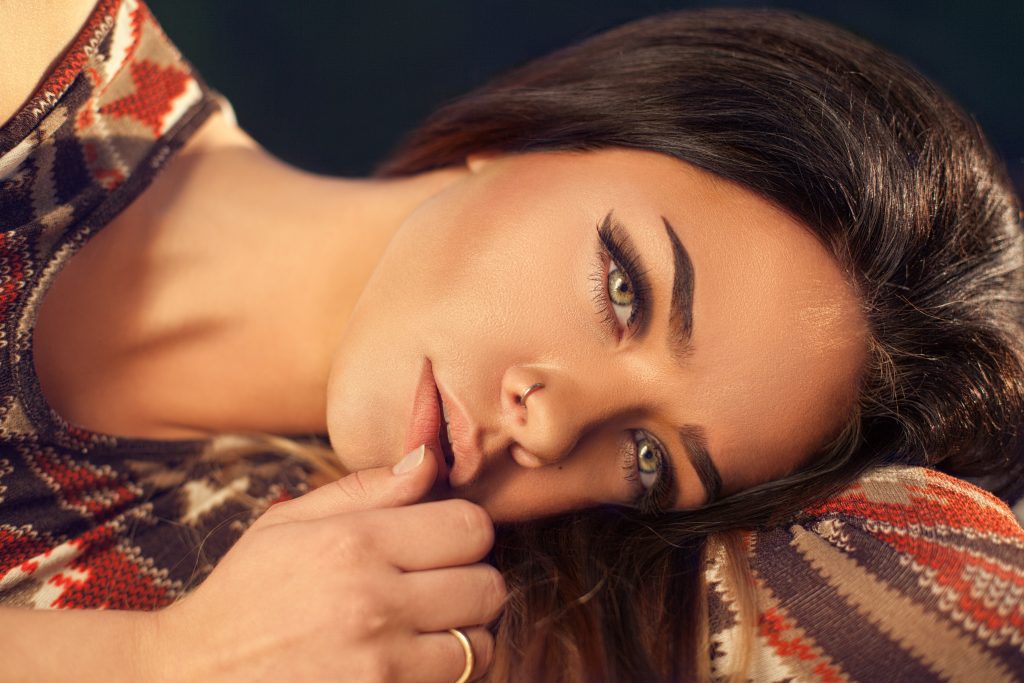As a society, we’ve (thankfully) moved away from the skinny brow trend of the 90s and early 2000s. Today’s beauty icons are sporting a fuller, feathery brow that commands attention.
Just because you haven’t been blessed with naturally full brows, doesn’t mean you have to stay that way. Microblading has become a popular cosmetic procedure across the world, allowing people to have the brows of their dreams. This can be an amazing confidence boost for those with naturally light or sparse brows and those who lost their eyebrow hair from alopecia.
If you’re keen to ditch the eyebrow pencil, here’s what you need to know.
Pre-procedure:
Microblading is essentially a semi-permanent face tattoo. Tiny, fine-point needles creates hair-like strokes in you brow area, after which pigment is deposited into it.
The difference between microblading and eyebrow tattooing is that microblading needles do not penetrate deep layers of your skin, thus making them far less permanent.
Once meeting with your technician, you will discuss the type of brow you want. Full, feathery, straight, whatever shape and style you desire is possible. Your technician will draw the shape you want with an eyebrow pencil so that you can imagine how your brows will look when they’re done. Once you’re happy, your technician will consider your natural hair colour to determine the ink colour or colours.
The procedure:
The brow area is cleaned and numbed with a topical ointment. Using a handheld tool, your technician will begin creating superficial cuts along your brow. A pigment is then deposited into the cuts to stain the skin to appear hair-like. Once all the cuts are made, a final layer of pigment is applied for 5 minutes and then cleaned to reveal your new brows.
Pain levels vary based on the person, but most people say this procedure feels similar to the pain of eyebrow threading. It’s mainly the scratching noise that people have an issue with.
The procedure typically takes about 40 minutes to an hour from start to finish. Depending on your skin, aftercare and lifestyle, results can last from one to three years. However, you should get touch-ups every 12 months after your initial four week touch-up.
Post-procedure aftercare:
As your brows are like a tattoo, similar aftercare rules apply.
– Don’t get your brows wet for the first seven to 10 days. You need to keep the area as dry as possible. After this time, you may gently wash the area with antibacterial soap and water, and gently pat dry. Avoid any cleansers containing acids or exfoliants.
– Avoid exercise and swimming for a week
– Make sure to apply sunscreen daily to enhance your brows longevity, as well as avoid direct sunlight for a week.
– Don’t scratch! Your eyebrows will likely be itchy and flaky but it is important to let them heal.
– Don’t panic! Your brows can appear up to 40% darker in the first few days of the healing process. Be patient, within a week the ink will fade into a more natural shade.
– Clients are encouraged to schedule a follow-up appointment for 4-6 weeks time to any touch-ups that need to be made.
Feature image: Unsplash




















